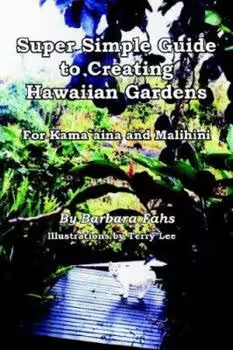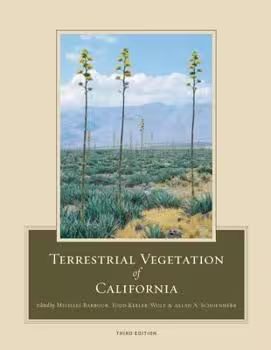Barbara Fahs’ “Super Simple Guide to Creating Hawaiian Gardens: For Kamaaina and Malihini” is a commendable, if somewhat limited, attempt to provide an accessible introduction to Hawaiian gardening for both long-time residents (“kamaaina”) and newcomers (“malihini”). It prioritizes simplicity and ease of understanding, making it a potentially useful starting point for those new to the unique challenges and opportunities of cultivating in the islands.
Fahs’ strength lies in her commitment to clarity and accessibility. The “Super Simple Guide” aspect of the title is a clear indication that the book aims to demystify Hawaiian gardening, avoiding overly technical jargon and complex concepts. This makes it particularly appealing to novice gardeners and those seeking a quick and easy introduction to the topic.
The book likely focuses on essential gardening practices, such as soil preparation, planting, watering, and basic plant selection, tailored specifically to the Hawaiian context. It probably addresses the challenges presented by Hawaii’s diverse microclimates, volcanic soils, and abundant rainfall in a way that is easy for beginners to grasp.
However, the emphasis on simplicity also presents certain limitations. The book may lack the depth and nuance that experienced gardeners or those seeking a more comprehensive understanding of Hawaiian horticulture would appreciate. Some topics, such as soil ecology, pest management, or landscape design principles, may be treated superficially.
The categorization of the audience as “kamaaina and malihini” is interesting. While it acknowledges the diverse backgrounds of those interested in Hawaiian gardening, it also suggests a focus on basic information. The book may not delve into the more advanced or culturally specific aspects of Hawaiian gardening that would be of interest to those with a deeper understanding of the islands.
The book’s organization is likely structured for ease of use, perhaps employing a thematic or step-by-step approach. However, the emphasis on simplicity may come at the expense of a more logical or comprehensive arrangement of information.
The book’s visual presentation is crucial to its success. A well-designed guide will feature clear, high-quality photographs that showcase the plants and gardening techniques described. However, the “super simple” approach may prioritize visual clarity over artistic or aesthetic considerations.
Fahs’ writing style, while likely accessible and user-friendly, may prioritize clarity and simplicity over scientific rigor or nuanced analysis. It may lack the depth of detail or the evocative language that would appeal to more experienced gardeners or botanists.
In conclusion, “Super Simple Guide to Creating Hawaiian Gardens” is likely a helpful and accessible introduction to Hawaiian gardening, particularly for novice gardeners and newcomers to the islands. Its emphasis on simplicity and clarity makes it a useful starting point. However, its potential limitations in depth, nuance, and visual presentation may prevent it from achieving its full potential as a comprehensive and authoritative guide. More specialized resources are needed for in-depth study.





Reviews
There are no reviews yet.